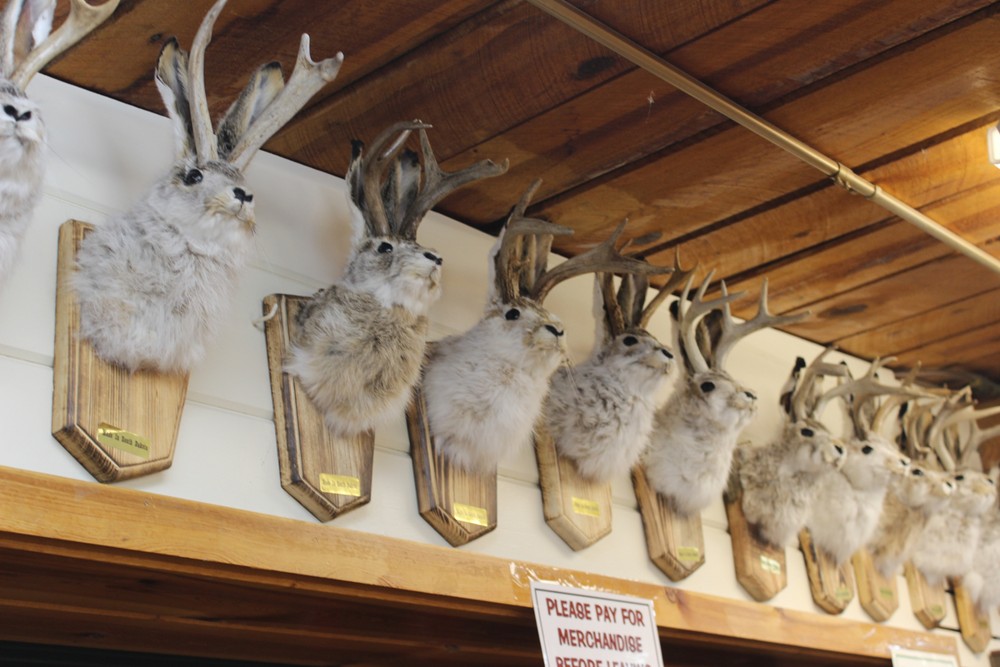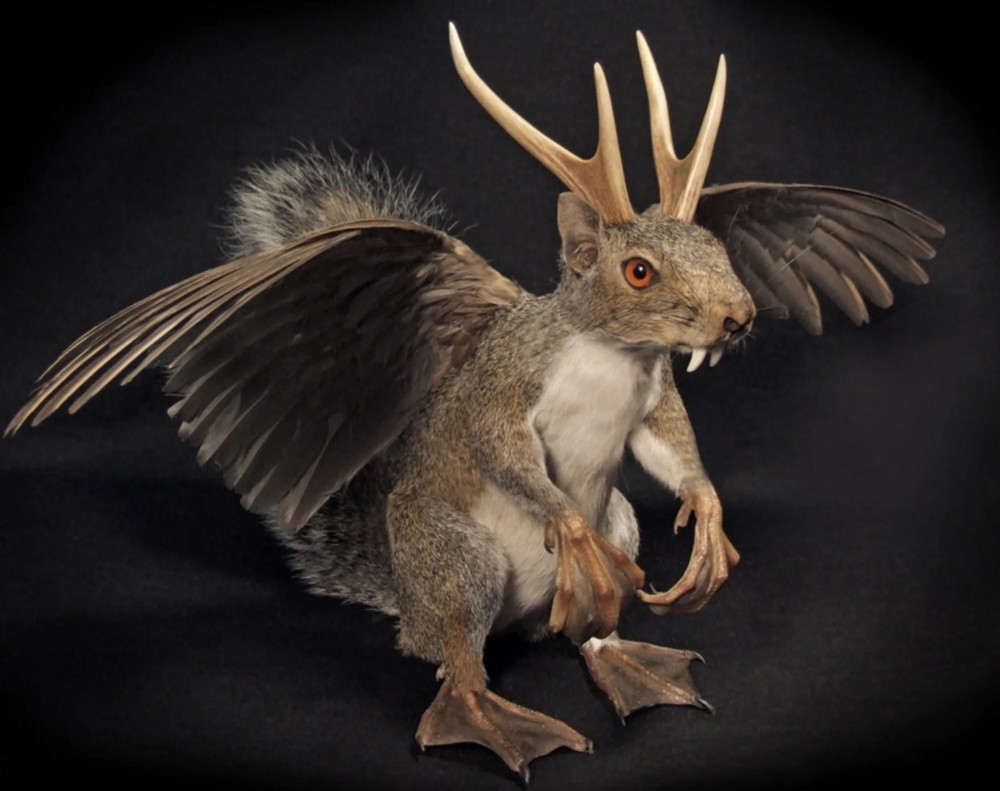The Horned Rabbit Is Real—and It Could Save Thousands of Lives
Legends of horned rabbits have long walked through cultures as stories, postcards, and campfire myths. In many places they go by names like krolen, jackalope, wolpertinger, rasselbock, and dahu, and the creatures are described with everything from deer antlers to wings, tails, fangs, or even hooves. For decades this motif was treated as folklore or a joke kept alive by taxidermy pranks. Then, in the 1930s, American hunters began returning with rabbits bearing strange hard growths on their faces and heads—an eerie, real clue that the legend might be more than myth.

In This Article:
Names, Forms, and a Global Legend
Across the world, the horned rabbit wears many faces. Some legends describe an ordinary rabbit crowned with deer horns; others add wings, a fluffy tail, fangs, or even hooves. Local lore even inspired taxidermists to assemble hybrid specimens by pairing real rabbit carcasses with deer antlers. The myth persisted because it remained untested by scientists, seen as a distant tale rather than a biological reality.

From Folklore to the Lab: Shope’s Breakthrough
Then came a turning point. A virologist named Richard Shope started studying these horned rabbits and found that the protrusions were not real horns at all. The growths appeared in random places on the head and came in many shapes and sizes, sometimes even hindering the animal’s ability to eat or drink. After a few months, the growths shrank and fell off, and new horns never grew in their place. Shope extracted the horn tissue, ground it into powder, filtered out bacteria, and prepared a topical compound. When he rubbed this preparation into the scalps of healthy rabbits, similar growths appeared there too. The experiment proved that the growths could be virus-induced rather than bone.

A Viral Truth: Papillomavirus and the HPV Link
The key discovery was that the horn-like growths were the result of a papillomavirus, not horns. This revealed that viruses can trigger tumor-like growths in mammals, just as the human papillomavirus (HPV) does in people. The rabbit model became a valuable laboratory tool for studying viruses and the development of vaccines, while the virus in wild rabbit populations mostly causes self-resolving lesions. In nature, the papillomavirus spreads through insect bites from sick to healthy rabbits and rarely harms the animals; only in rare cases of weak immunity do growths appear in new places, sometimes hampering feeding. Outbreaks can occur, drawing hunter notice and social media chatter—casually dubbed “zombie rabbits”—but these animals remain harmless to humans. The broader impact is clear: knowledge of the rabbit papillomavirus helped advance HPV vaccines that protect people today.

Lessons for Science and Society
The horned rabbit story spans biology, medicine, and public imagination. It showed that viruses can cause tumors, shifting long-held ideas about disease formation. It also turned horned rabbits into a practical model for studying viruses and how vaccines can prevent them. Most importantly, the rabbit papillomavirus resembles HPV, tying this odd legend to a real-world cancer-preventing breakthrough. In nature, the virus circulates quietly in rabbit populations; outbreaks are rare, and the animals typically recover. If you ever encounter a horned rabbit in the wild, photograph it, and remember the remarkable contribution these creatures have made to science and health for humans.

